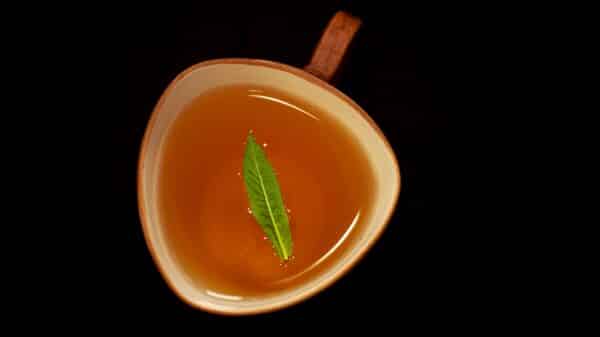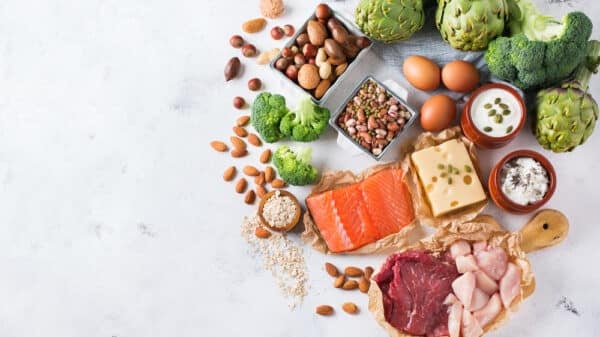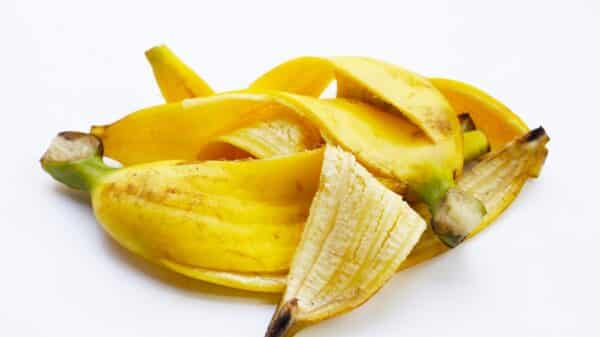Healthy blood pressure functions like a protective barrier, ensuring our hearts operate smoothly. When blood pressure climbs, known as hypertension, it’s akin to water surging through a hose at excessive force. Just as that kind of pressure can wear down the hose, high blood pressure can wreak havoc on our blood vessels and vital organs, leading to a range of serious health issues.
The good news is that there’s a lot we can do to manage our blood pressure. Dietary changes, in particular, play a significant role. Many health professionals endorse the Dietary Approaches to Stop Hypertension (DASH) diet. This plan is all about filling your plate with colorful vegetables, ripe fruits, wholesome grains, lean proteins, and low-fat dairy, while being mindful to limit salt, red meat, added sugars, and high-saturated-fat foods. It’s not just about avoiding “bad” foods; it’s about embracing those that can actively nourish your body and contribute to better heart health.
But what about our drink choices? When it comes to beverages that support healthy blood pressure, tea can be a fantastic option. Among the various teas available, one stands out as the gold standard for managing high blood pressure: green tea.
Green tea isn’t just another trendy drink—it’s one of the most widely consumed beverages on the planet, second only to water. Unlike herbal teas, which encompass a vast range of ingredients, true teas like green tea come from the *Camellia sinensis* plant. These true teas, including black, white, and oolong, are rich in plant compounds and antioxidants that can positively influence our health, particularly our cardiovascular system.
Research consistently highlights green tea as the superior option for hypertension. In fact, a comprehensive analysis examining the effects of green tea—whether consumed as a drink or in supplement form—revealed its effectiveness in reducing blood pressure. On average, regular green tea drinkers enjoyed a decrease of about 3 mmHg in systolic blood pressure and 1 mmHg in diastolic blood pressure. These reductions, though seemingly small, can lead to significant protective benefits over time.
What makes green tea so special? The secret lies in its antioxidants, particularly catechins. These powerful compounds support blood vessel function and heart health by inhibiting artery narrowing, enhancing nitric oxide production—which helps arteries expand—and reducing inflammation and oxidative stress. Plus, the moderate caffeine content in green tea can give a short-term boost in blood flow, further supporting cardiovascular health.
Incorporating green tea into your daily routine doesn’t have to be complicated. A simple way to enjoy it is by steeping the leaves in hot water for three to five minutes—just remember to remove the leaves or tea bag before you sip. Green tea is also delightful when enjoyed as an iced beverage. While there’s no specific guideline on exactly how much you should drink to promote healthy blood pressure, adding green tea to your beverage lineup alongside water is a great start.
If you prefer a hint of sweetness, adding a touch of honey can elevate your tea. Just keep an eye on the amount; too much added sugar can have the opposite effect and may contribute to elevated blood pressure for some.
Beyond the classic cup, there are other enjoyable ways to savor green tea. Consider whipping up an Apple-Cider Vinegar Tonic, a Matcha Green Tea Latte, or even a refreshing Green Tea-Fruit Smoothie for breakfast. These variations can introduce exciting flavors to your palate while working in harmony with your health goals.
In short, if you’re looking for a beverage that can help support healthy blood pressure levels, green tea deserves a prime spot in your kitchen. Thanks to its complex compounds that relax blood vessels, reduce inflammation, and combat oxidative stress, sipping on a warm cup (or two!) can be a small but meaningful step in managing hypertension. Your heart will appreciate the effort, and you’ll likely enjoy the process of discovering new ways to embrace this healthful drink.
Image Source: Prostock-studio / Shutterstock































